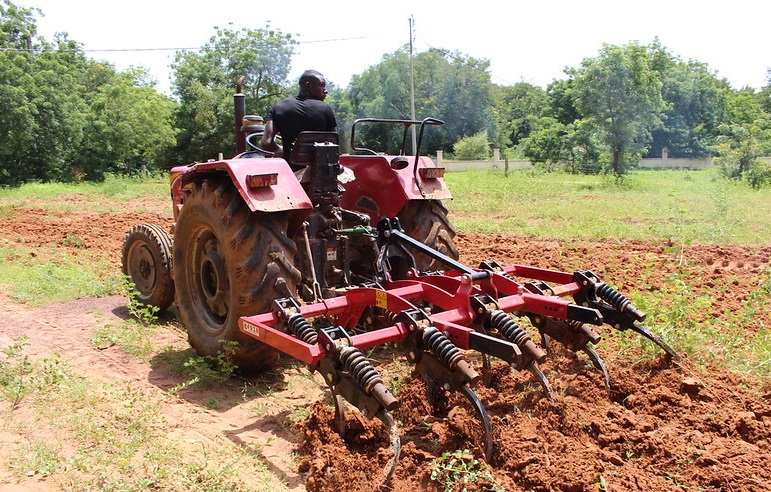Abstract:
Potato (Solanum tuberosum) is an important food and cash crop for smallholder farmers,
giving more food, more nutrition and more cash per unit of area and time. Adoption of
the crop is therefore seen as a pathway to improved smallholder farmer livelihoods.
However, the crop has not been widely adopted especially in the low land areas of
Uganda. A survey involving 424 farmers selected using stratified random sampling
method was conducted in Isingiro, Rakai and Lyantonde districts of Uganda to: i)
characterize farmers in the low land districts of Uganda by adoption status, and ii) determine
the factors that influence adoption of potato production in the lowland areas of Uganda.
The study used Chi-square tests, t-tests and a Tobit model. Findings of the study showed
that potato adopters owned 2.21 ha on average and it was significantly larger than the
land owned by non-adopters (1.40 ha). A significantly higher proportion of potato adopters
accessed credit (25.40 %) and also had contact with extension agents (25%) in the previous
12 months compared to the proportion of non- adopters who accessed credit (17.05%)
and visited by an extension agents (17.61%) in the previous 12 months. Variables that
significantly influenced adoption and intensity of adoption of potato production included
sex (p<0.01), access to credit (p<0.1), distance to market (p<0.1), information access from
fellow farmers and from a radio (p<0.01) and location specific variables (p<0.01).
La pomme de terre (Solanum tuberosum) est une culture alimentaire et commerciale
importante pour les petits agriculteurs, fournissant plus de nourriture, de nutrition et
d’argent par unité de superficie et de temps. L’adoption de la culture est donc considérée
comme un moyen d’amélioration des conditions de vie des petits agriculteurs. Cependant,
la culture n’a pas été largement adoptée, particulièrement dans les régions rurales de
l’Ouganda. Une enquête sur 424 agriculteurs sélectionnés à l’aide d’un échantillonnage
aléatoire stratifié, a été menée dans les districts d’Isingiro, Rakai et Lyantonde afin de:
i) caractériser les agriculteurs dans les régions basses/plaines de l’Ouganda par statut
d’adoption et ii) déterminer les facteurs qui influencent l’adoption de la production de
pommes de terre dans les zones de plaine. Des tests du Chi-carré, les tests t et un modèle
Tobit ont été utilisés. Les résultats ont montré que les adoptants possédaient des superficies
en moyenne 2,21 ha, qui étaient significativement plus élevées que celles appartenant aux
non-adoptants (1,40 ha). Une proportion nettement plus élevée d’adoptants de pomme de terre ont l’accès au crédit (25,40%), et ont également des contacts avec les agents de
vulgarisation (25%) au cours des 12 mois précédents. Les variables ayant influencé de
manière significative l’adoption et l’intensité de l’adoption de la production de pommes
de terre comprenaient le genre (p <0,01), l’accès au crédit (p <0,1), la distance au marché
(p <0,1), l’accès à l’information des agriculteurs et de la radio (p < 0,01) et les variables
spécifiques à la localité (p <0,01).
Language:
Date of publication:
2016
Country:
Region Focus:
East Africa
University/affiliation:
Volume:
14
Number:
Part 2
Pagination:
595 - 600.
Collection:
RUFORUM Working document series
RUFORUM Conferences and Workshops
Agris Subject Categories:
Additional keywords:
Licence conditions:
Open Access
Access restriction:
Form:
Web resource
Publisher:
ISSN:
1607-9345
E_ISSN:
Edition:

